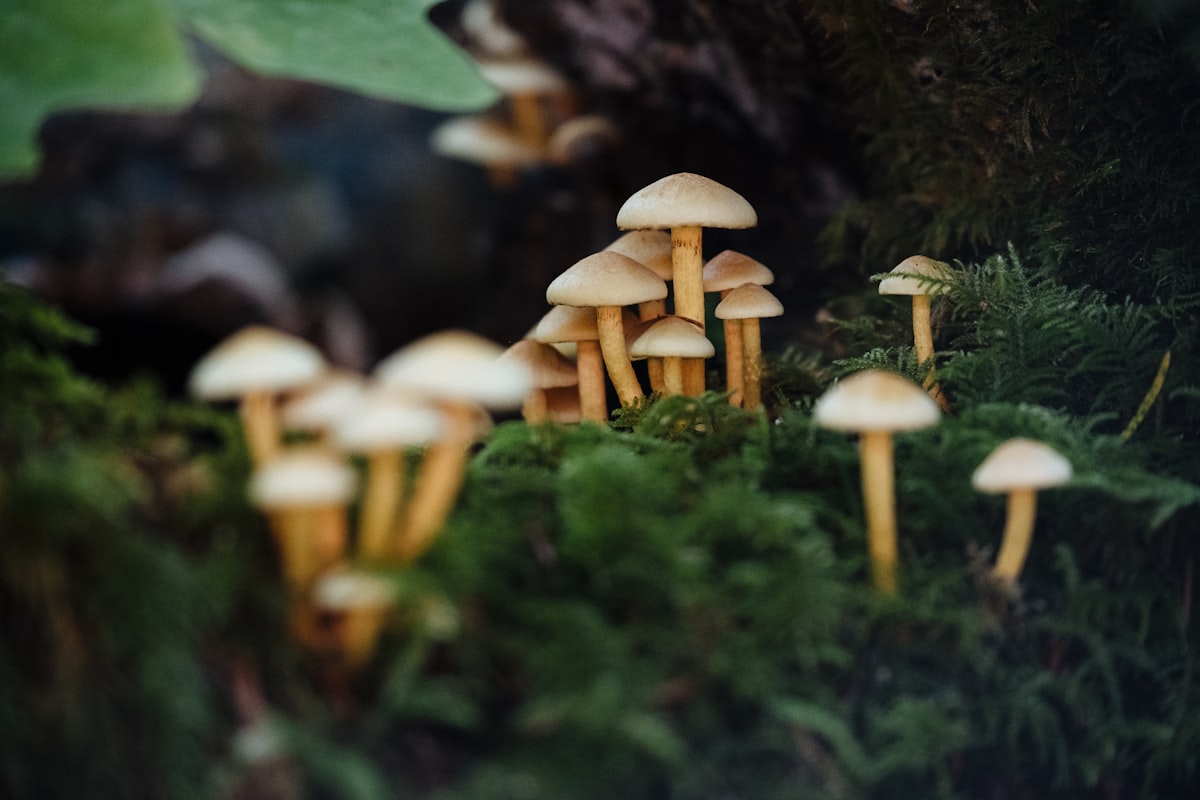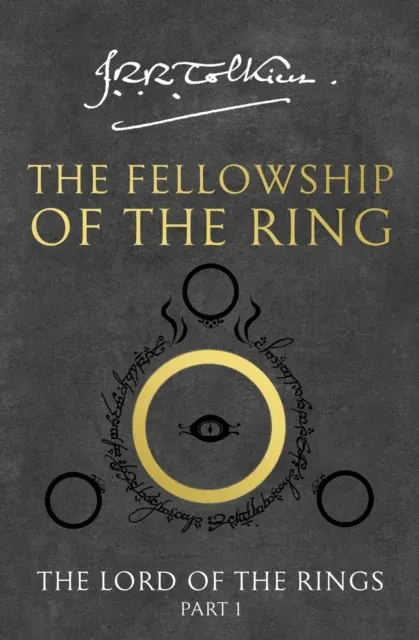Classification of Life

In our diverse world there are six Kingdoms of Life: Protista Kingdom, Fungi Kingdom, Plant Kingdom, the Animalia Kingdom, the Eubacteria Kingdom, and Archaebacteria Kingdom.
The Protista Kingdom is the kingdom which consists of algae, and fungi-like slime mold which is a type of mold found in swamps.
The Fungi Kingdom is a kingdom which consists of mushrooms, yeasts, and molds. They are critical to life because they decompose and eat dead things. They can cause problems if they infect one's organism. One example of an infection is Athlete's Foot.
The Plant Kingdom includes trees, shrubs, flowers, grasses, ferns, and mosses. This group is essential to all life on earth because it creates oxygen and is food for people and animals.
The Animalia Kingdom is the largest kingdom of them all. It includes 9 different phyla:
- Porifera e.g., sponges
- Cnidaria e.g., jellyfish, coral, etc
- Platyhelminthes e.g., flat worms
- Nematoda e.g., round worms
- Annelida e.g., segmented worms
- Arthropoda e.g., insects, spiders, etc
- Mollusca e.g., snails, slugs, clams, etc
- Echinodermata e.g., starfish, sea urchins, sand dollars, etc
- Chordata e.g., mammals, birds, reptiles, fish, amphibians
The Archaebacteria Kingdom is a kingdom that consists of single celled bacteria that usually form in boiling water and under thermal vents in places with no oxygen or a highly acidic environment.
The Eubacteria Kingdom is made of many single celled organisms that are much like the organisms found in the Archaebacteria Kingdom. Most bacteria are in this kingdom, and they are found everywhere.




